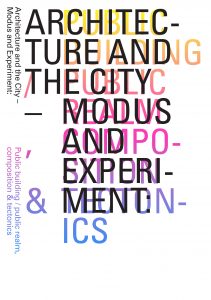In this introduction video, MaartenJan Hoekstra and Maurice Harteveld introduce the issue of urban design and inequality on the neighborhood level and its public spaces. They look at the theory behind the question “does the increase of social mobility and mixing housing add to the inclusivity on the level of the neighborhood?”
Category Archives: socio-spatial transformation
Matter – Space – Change
When reasoning our material world emerged in cities, ‘matter’ was first to question. This is obviously what we see and what we can handle. This shapes our urban environment. Yet, in an arcadian search for beginning, origin, or first cause the lens was put on finding primordial substance; ‘arché’ (oersubstantie, urstoff, …). This informed the search to actuating principles (as a cause) in Aristotle. The subsequent cosmic search towards the genesis and structure of our world introduced the concept of a material substratum, an interval considered to be invisible and unshaped: ‘khôra’, chora, or space. The territory of the Ancient Greek polis outside the city proper. In Politeía, Plato relates it to the just city and just (hu)man. In these pioneering thoughts, public space is found. Continuously echoing today in understanding chora as a place of being a being or mediating between sensible and intelligible, it also introduced change… Public space isn’t static. People move, societies transform, humans age, generations follow…. This effects our thinking on public space.
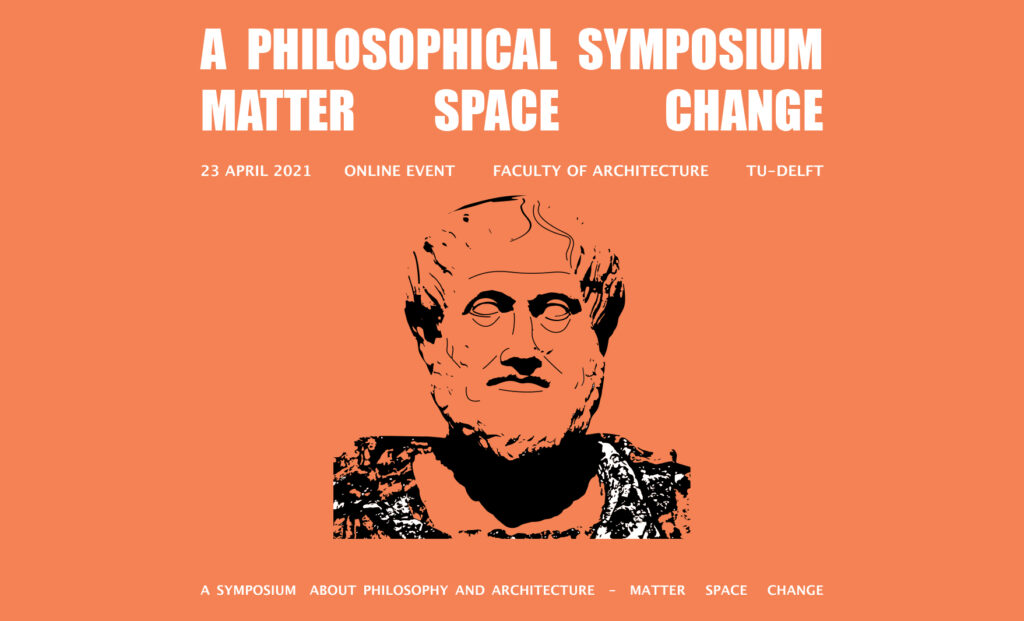
Who owns the public space?
Join the online symposium ‘Matter – Space – Change’ on 23 April 2021.
City x Space
In the spring of 2021, the Delft University of Technology, COB Platform of Subsurface Construction, the Environmental Department of the Flemish Government, and the Deltametropolis Association have started a design study exploring the possibilities of integral and multifunctional use of space within highly densified cities. Design consortia from practice have been invited to choose from a number of cases in The Netherlands and Flanders involving spatial bottlenecks in public space, subsurface, and buildings. Seven teams have already started.
Underground Use of Space as a Game-Changer
Due to the convergence of a multitude of tasks and transitions (energy, climate, circularity, mobility) in ever densifying cities, the pressure on public space is increasing. It is especially today because these cities also have to absorb a large share of the housing assignment, following the aims to preserve the rural landscape as well as to reduce the pressure on the current mobility system. However, how much densification is (still) possible for locations that are already overloaded with functions and programs and where the public space – both above ground and below ground level – threatens to silt up and get stuck?
Current and future space claims require careful consideration of the options for using space more effectively and efficiently, with the aim of increasing the ‘spatial efficiency’ of the city in an innovative way.
In the design study, partners focus on a different view of the organisation of urban programmes and transition tasks while they search for new ways of thinking, patterns, and solutions for integral and multifunctional use of space from the cross-section.
The central question:
How can integral and multifunctional use of public space, subsoil, and buildings within a densified urban environment create space and value that contribute to an attractive and future-proof living environment?
The design study has resulted in various spatial designs with visions of the future and implementation strategies. A number of urban locations as case studies are being worked on, namely Ostend, Rotterdam, Amsterdam, Mechelen, Leuven, and Maastricht. For each case study, a multidisciplinary team was selected (in Rotterdam 2) of spatial designers (architects, urban planners, landscape architects), engineers, and the experts required for underground developments such as geo-technicians.

Partners:
Centrum voor Ondergronds Bouwen / COB Platform of Subsurface Construction
Departement Omgeving Vlaanderen / Environmental Department of the Flemish Government
Deltametropolis Association / Vereniging Deltametropool
Designs for Boston and Amsterdam
Propositions under Continuously Changing Urban Conditions

Massive urbanisation puts pressure on public space and demands new programmes along with alternative gathering places such as public interior spaces and a variety of forms of collective spaces. Moreover, in the rapidly changing city, infrastructure and mobility remain of vital importance. A co-evolving diversity of programme cannot be planned, but interventions in the city need constantly to be grounded on sharp design approaches to respond adequately to the necessities of the time: While being environmentally sustainable, given the available resources.
In general, infrastructure, mobility, and public life manifest themselves in various forms as carriers of such urban development. Design experiments, as put forward in our new book, show how to work with continuously changing urban conditions, with mobility transforming cities whilst with public spaces taking various forms, with programmes which hybridise, and with new technologies to keep up with the urban dynamics. Given these themes, designs should carry awareness of the inclusiveness and accessibility of various systems and places, facilities, and technologies. Spatially this means questioning how to keep the city open and connected, attractive, and liveable?
Continue reading
Architecture in Urban Change
Designers are questioning what architecture of relevance could face ongoing change over a longer period in today’s most dynamic urban areas. Of course, answers are always specific and the search on how to respond to constantly changing urban conditions may be the only issue that is shared in all cases. Yet, still, there must be more commonalities in the wide range of answers. The set of design propositions as presented at the Ecole Nationale Supérieure d’Architecture de Versailles (ENSA-V) underlines this, while designs display a few recognisable approaches. Projects put the emphasis on the importance of intervening at strategic locations, of programming adaptive and responsive, hence flexible, and of imagining and creating expressions that will enhance public interaction and experience over a longer period. As a guest of the school, I have the opportunity to review these thoughts and discuss emerging approaches with prof Nicolas Pham.
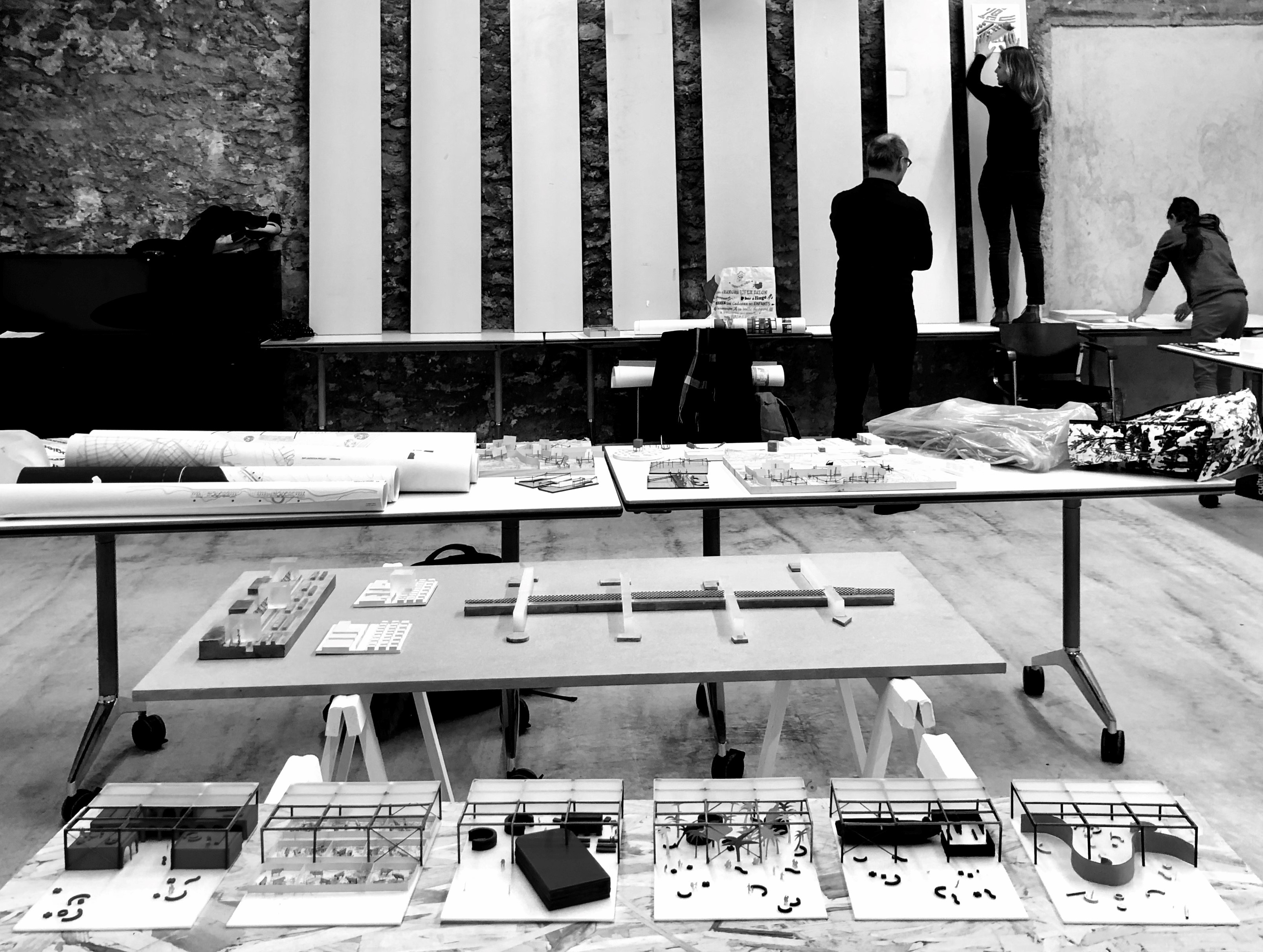
l’Ecole Nationale Supérieure d’Architecture de Versailles
Champ disciplinaire de Théories et Pratiques de la Conception Architecturale Urbaine (TPCAU)
5 Avenue de Sceaux, Versailles
20 December 2019, 9:30-17:30h
Smart Urban Mobility

Why is smart mobility essential in urban development?
Like many metropolitan areas, the Amsterdam metropolis is prospering, the city is growing, new homes are being built, new companies and talent continue to relocate here, and the city is becoming increasingly popular with tourists. If residents, visitors, commuters, and others continue to travel as they do today, all forms of transport combined will grow in the coming years between 20% and 40%, and traffic will grind to a halt.
Good accessibility – with smart connections within the city and with the rest of the country and world – makes an important contribution to Amsterdam’s attractiveness for all travelers. Moreover, particularly in Amsterdam, social diversity and inclusivity are valued, which means providing everyone with equal access to good liveability and transport.
Mobility operates as the intersection between the city’s infrastructure and its city’s inhabitants. It is the central link in the well-functioning of a city and a key element in the organization of multimodal transport. In doing so, it is not only about the connection to other areas, but also about sowing together the fabric of the area and the movement of people in the area itself.
Continue reading
Pasáži Renesance
Prague has more arcades than Paris. Still, they are less known. This is unfortunate, because these arcades underlining the identity of Prague and the Czech Republic. This is underpinned particularly during the 1990s arcade renaissance. New arcades have been designed, like Pasáž Jiřího Grossmanna (1995 –1996), Rathova Pasáž (1996), and the redesign Hrzanska Pasáž of 1702-1704 (1996). These projects have upgraded existing arcade systems, introduced new styles, but foremost new hopes… It echoed an update on the Czech Awareness.
Throughout history we have seen this happen in the design of arcades in Prague. This particular study brings us back to the rise of Bohemian identity and unfolds an epistle illuminating an alternative arcade project. As such, the study reframes relations between design of public space and society and provides a way to understand shifts in these.
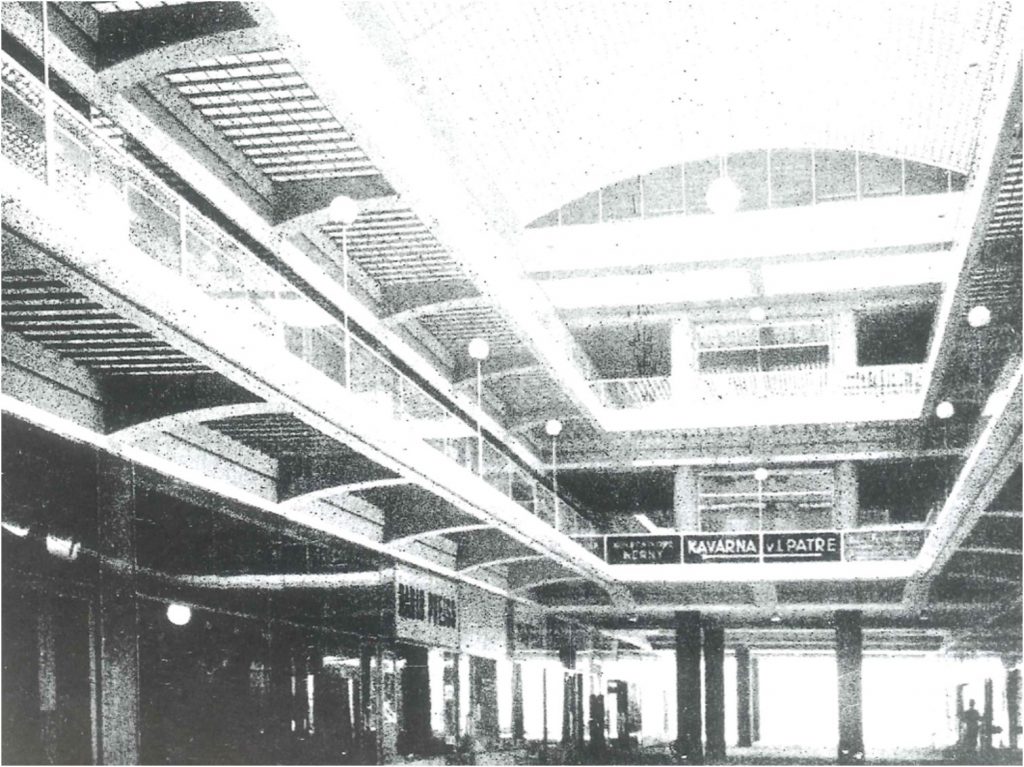
Pasáže Černé Růže (1936), by Oldřicha Tyla
Pražské Pasáže
Arcade Projects in Prague
Public Buildings | Urban Architectural Design | Contextual Assignment
as projects for people, and projects within Society
Moving and Meeting in the Boston Metro
In a flying visit to Greater Boston, particular urban design themes related to the city of the future have become manifest once again. On the one hand, thoughts on infrastructure and public space need to be interrelated. People move in various ways, yet the faster they move (most likely by individual or collective transport), the less exchange between them will happen. Although highways and rail tracks increase accessibility and connectivity, and are of extreme importance for the metropolis, it is known that these bundles may cause barriers for those present locally, on both sides to meet and greet. The impact of the Central Artery tunnel project and Rose F. Kennedy greenway on the Boston downtown waterfront is a classic example in showing the importance of designing public places and creating walkable space in a dense urban development. Pedestrian spaces, preferably supported with undergoing public transit or smart hubs alike, is only not less space consuming, but also serves the gathering of people in a better way, hence it serves coincidental exchanges between them. The images of a ‘before’ and ‘after’ the dramatic transformation are a clear witness of this. The same is true in the recently developed business improvement districts. In a opposite way the surplus of fast lane infrastructure generated a lack of public place thus human exchange. The transit hubs of the North and South Station areas may be multi-layered centrality hubs which easily could follow the same strategy, yet here little of this is visible here. Current transformation may be just a first step in improving the stations’ premises. With their high potential in the public spheres, they will be definitively the next challenging urban transformation areas in need to be directed by the City. On the other hand, the City as the public government is not alone in this. Other non-gov stakeholders and pro-active citizens join in the urban development too. Historic Washington and Summer Street areas show what can be the impact collaborative improvements and community development. In fact every citizen has impact simply by being present in the city. People are the prime actors in the urban networks and physical systems. They make the urban space public. It is omnipresent when one would simply walk from School-Franklin, Bedford West, and Park Plaza to City Hall, and trace whatever they do and sense in the city. It adds another perspective to future intervention areas.
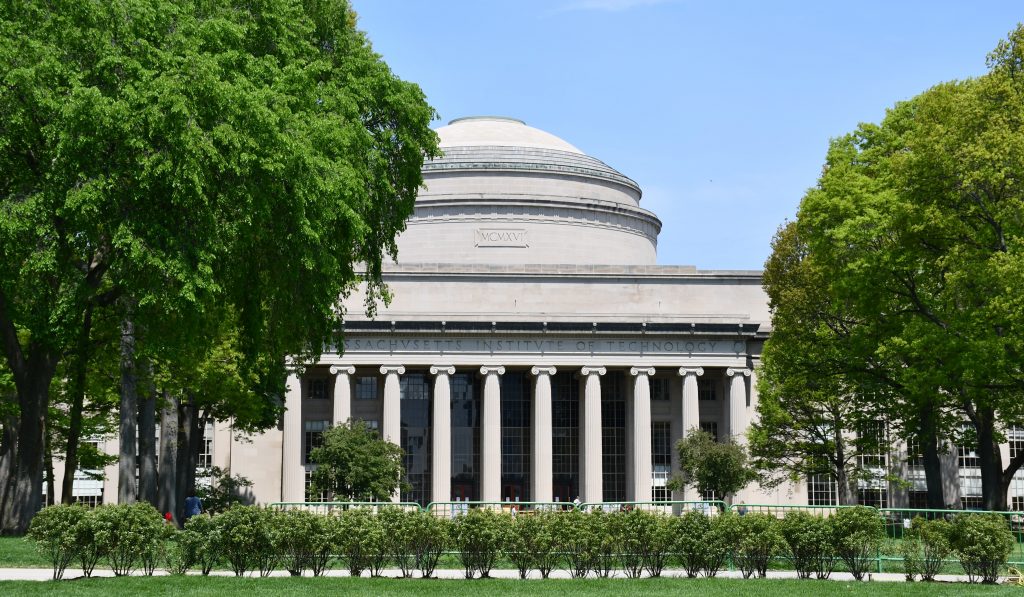
Boston, 15-17 May 2018
Massachusetts Institute of Technology (MIT)
Boston Planning & Development Agency (BPDA)
Harvard Graduate School of Design (GSD)
Architecture and the City
The Architecture and the City: Public Realm/Public Building research group of the Faculty of Architecture and the Built Environment, Delft University of Technology focuses on questions regarding the mutual relationship between the city and its public realm. This is a relationship that can only be considered in socio-cultural and economic context. The idea of the public realm here refers to an intermediate ‘space’, which facilitates and mediates between different groups of inhabitants and individuals; the idea of the public realm as the space of (ex)change of ideas, opinions and beliefs of the different groups of users. Therefore, the architecture of the city and its actual qualities form the main framework of this research. Within this context urban blocks, as interface between architecture and urban design, and public buildings are seen as crucial architectural elements. Their functioning and organisation are physically, symbolically, socially and economically fundamental to the city. As such they form a domain both of architectural convention and experimentation. In terms of research and design methods architectural typology, typo-morphology and research-by-design hold a central position in our group’s approach.
Mastering the Metropolis
As the majority of the world population is living in cities today, urban environments have become a place for many people. We are obliged to aim at sustainability and safeguard people’s quality of life, and human wellbeing. These challenges are motivating science and society to approach metropolises differently. Advanced metropolitan solutions to overcome problems are being made possible by today’s revolution of new technologies, theories and methods. But no actor or stakeholder can make metropoles move in one certain direction. Metropolitan solutions require cooperation between knowledge institutes, companies, governments, between cities, citizens and civil society.
The new MSc programme Metropolitan Analysis, Design and Engineering (MADE) integrates analysis, design and engineering in the sphere of the flows in the city; the physical, digital and social environments; and the city and its citizens. As full master programme, the MSc MADE prepares students to be specialised on one hand and an integrator on the other. A MADE graduate will be able to create synergy between specialists from other disciplinary backgrounds. You can make a cross-over too!
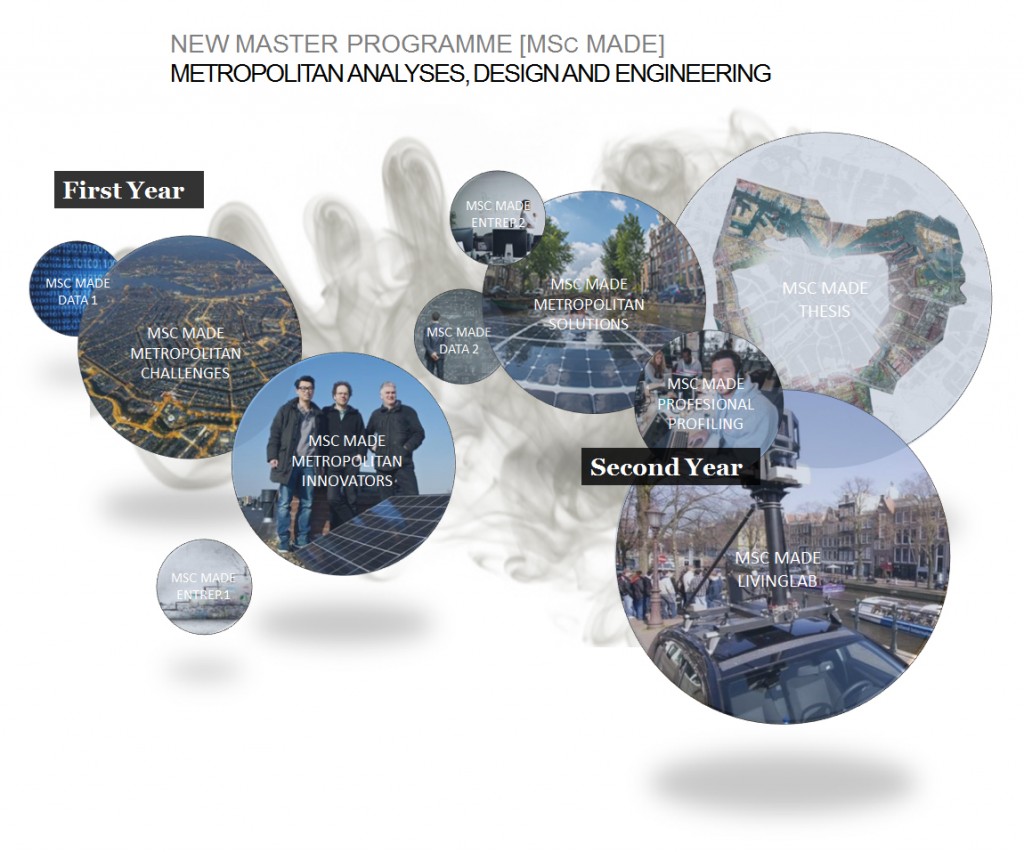
The new trans- and interdisciplinary programme will be offered as a joint degree programme by Delft University of Technology and Wageningen University. It is built on their joint research activities, and consolidated in their participation together with the Massachusetts Institute of Technology (MIT) in the Amsterdam Institute for Advanced Metropolitan Solutions (AMS).
Continue reading

